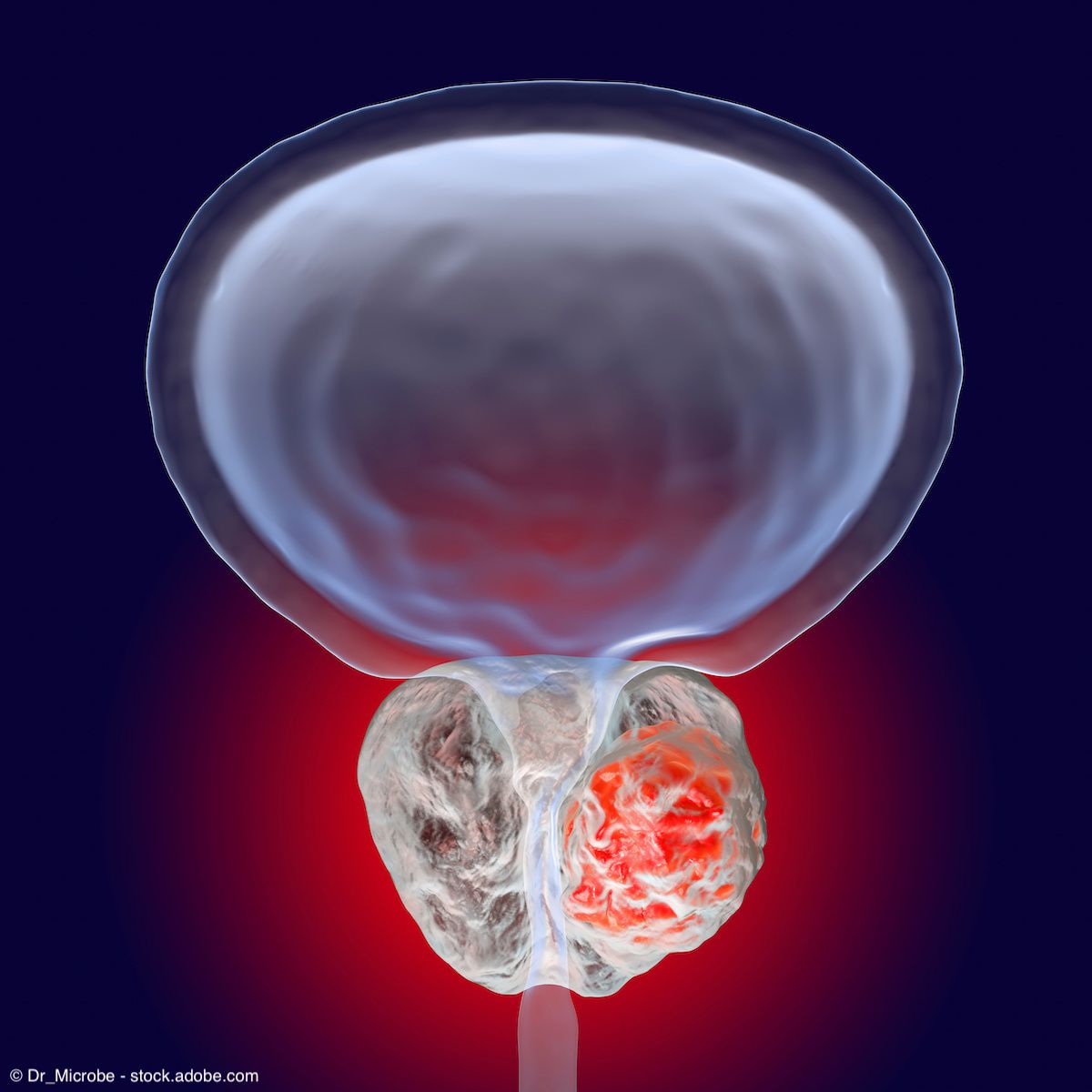Article
Cryotherapy for renal tumors shows 46% failure rate
Cleveland-The news regarding laparoscopic cryoablation for renal tumors has been almost uniformly good, but supporters of the technique received a splash of cold water at the World Congress of Endourology here.
Cleveland-The news regarding laparoscopic cryoablation for renal tumors has been almost uniformly good, but supporters of the technique received a splash of cold water at the World Congress of Endourology here.
Researchers from the State University of New York (SUNY) Upstate Medical Center in Syracuse reported an almost 46% failure rate in a small series of patients with small renal tumors treated with laparoscopic cryotherapy. Only 13 patients were involved in the study, which had a median follow-up of 22 months, but the results still fly in the face of other published series, most of which are larger and have overall better outcomes.
Lead author Alireza Moinzadeh, MD, cautioned against drawing conclusions from a small series.
All 13 patients underwent laparoscopic cryoablation to treat solid, enhancing renal tumors. Intraoperative ultrasound was used to assess tumor size and for probe placement, followed by two freeze-thaw cycles. Follow-up imaging comprised serial CT or MRI scans.
Increase in size
"Failure" in the series was defined radiographically (nodular enhancement by contrast). Of the six patients with enhancement (46%), three experienced an increase in tumor size on further follow-up imaging. One of the six had no change in size, while the remaining two experienced an average decrease in size.
Three of the six enhancers had renal cell carcinoma confirmed on repeat percutaneous biopsy, which followed the intraoperative biopsy that was performed on all patients.
"It's difficult to find any uniformity among those with enhancement in terms of medical or tumor characteristics, especially from such a small sample," said Dr. Moinzadeh. "But I would advise against performing any sort of ablative therapy on very large tumors and tumors that are perhaps entirely endophytic.
"It may also be a bad idea in younger patients, given the track record for this procedure is relatively short. If you were, say, 45 years old and otherwise healthy with a small kidney tumor, I would hope your urologist would consider something more definitive, like removing the tumor, rather than performing an ablative procedure."
Mean follow-up time in the series was 22 months, while mean tumor size was 2.6 cm (range, 1.7 to 4.0 cm). Initial intraoperative biopsies found renal cell carcinoma in four of the patients. Three others were nondiagnostic, and two showed atypical clear cells.
Igor Frank, MD, assistant professor of urology at the Mayo Clinic and moderator of the session, termed the 46% failure rate "daunting" and asked whether it may have been a function of the technique used.
"Although intraoperative ultrasound was used for assessment of tumor size and probe placement, real-time ice ball monitoring did not appear to have been performed in the retrospective analysis," Dr. Moinzadeh responded. "As such, the actual size of the ice ball relative to tumor size is not known. The study also points out the need for continued surveillance after ablative therapies."
Dr. Moinzadeh acknowledged that several other cryotherapy series have shown "outstanding" results in patients with renal tumors.
"One can look at [our series] more positively and say that only three of 13 patients failed pathologically, though I can't explain why the other three patients failed," he said.





